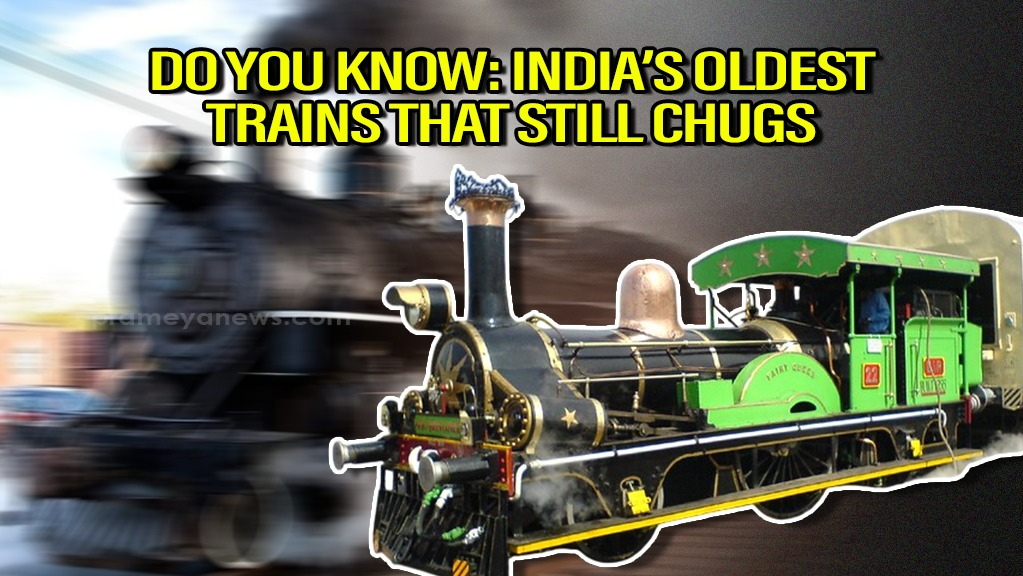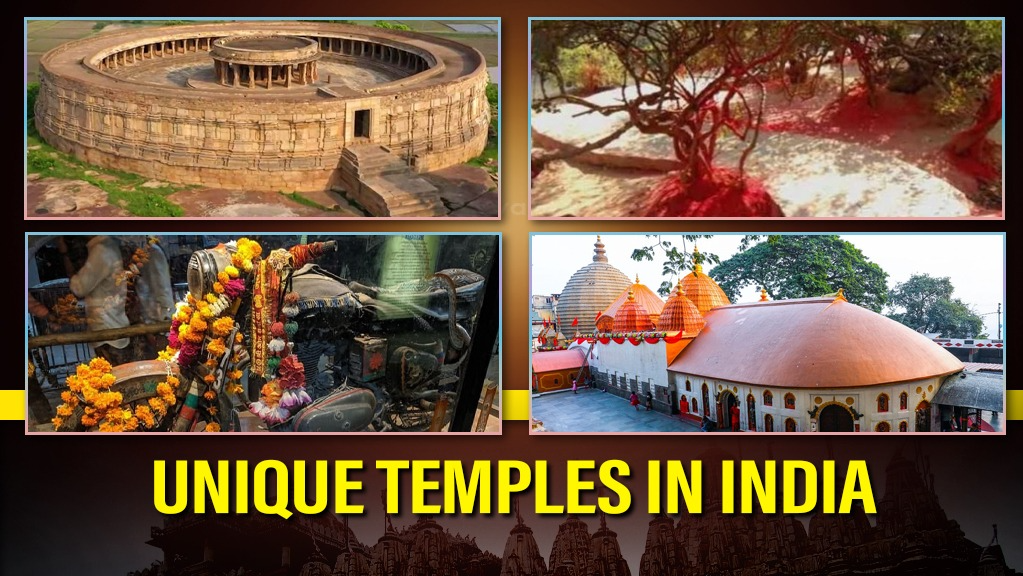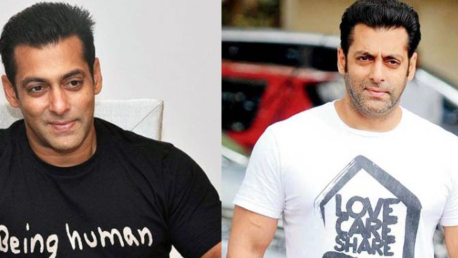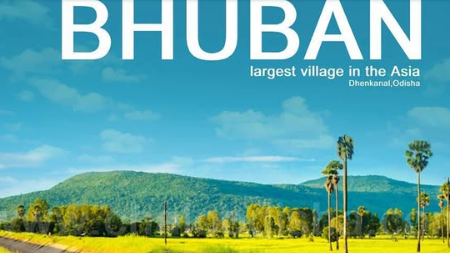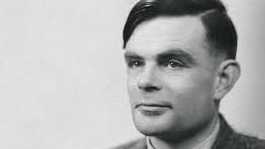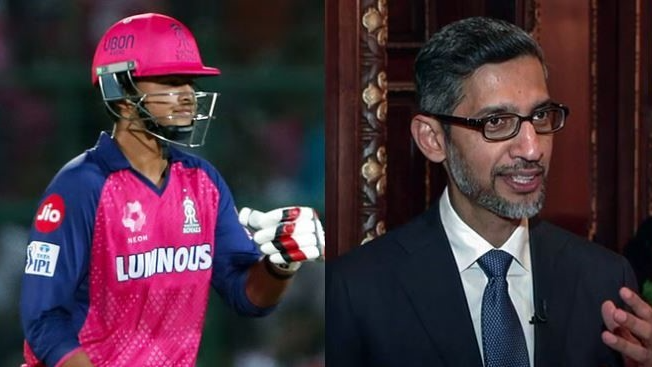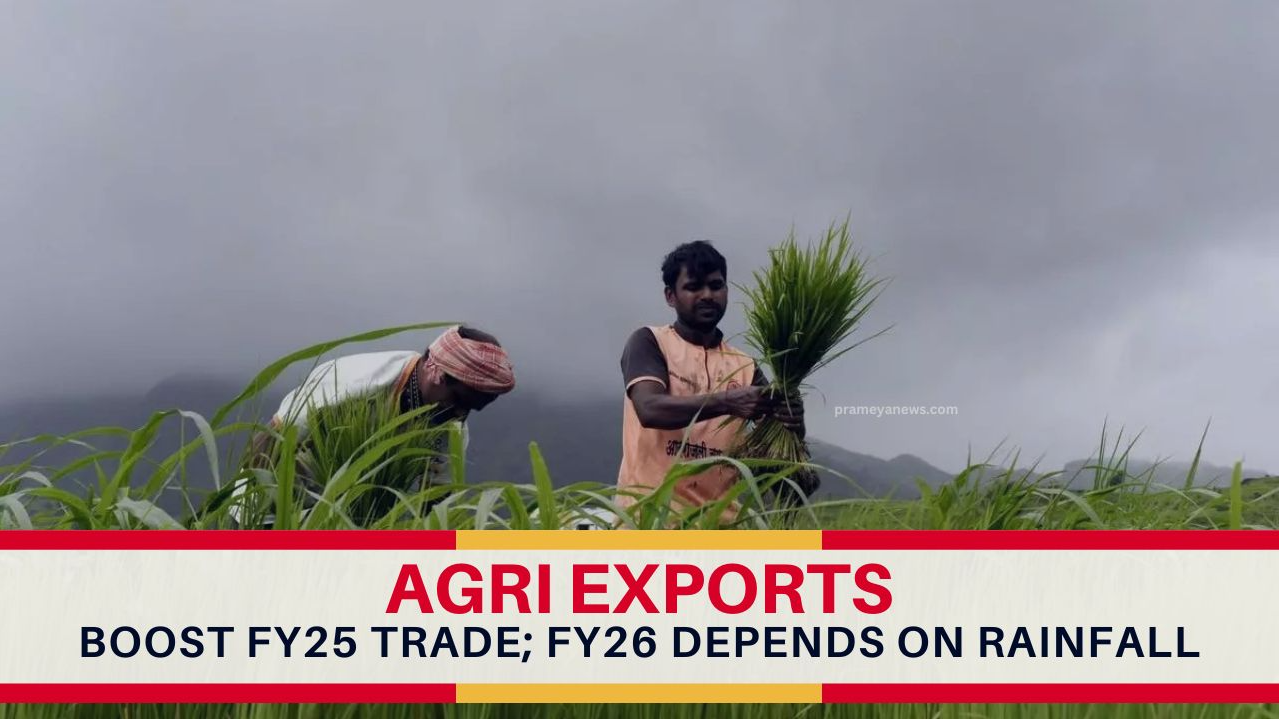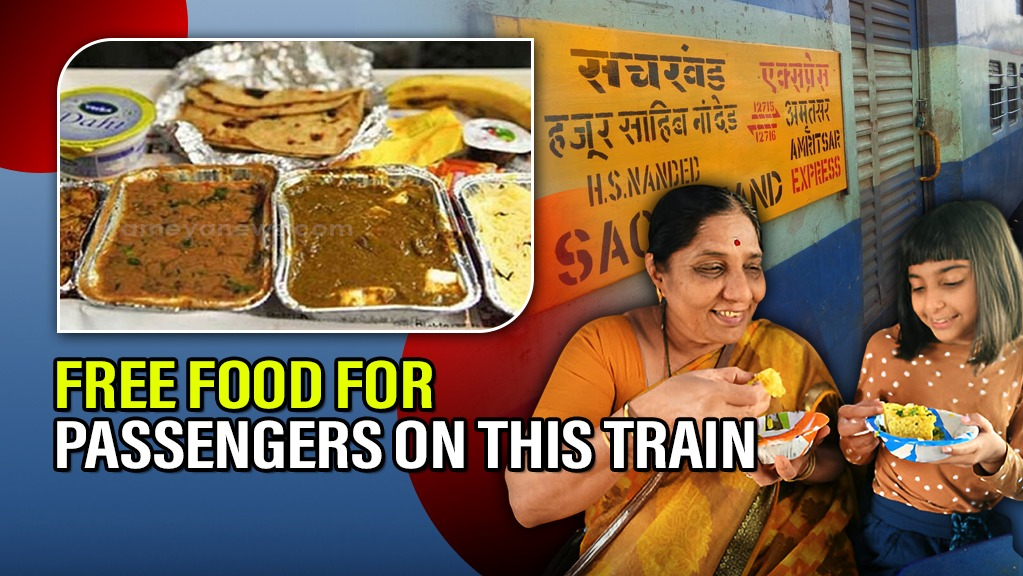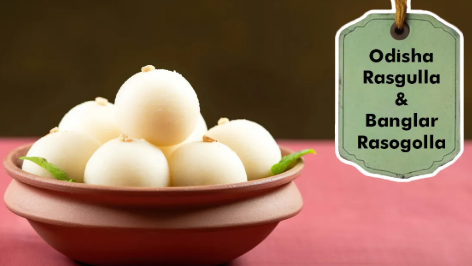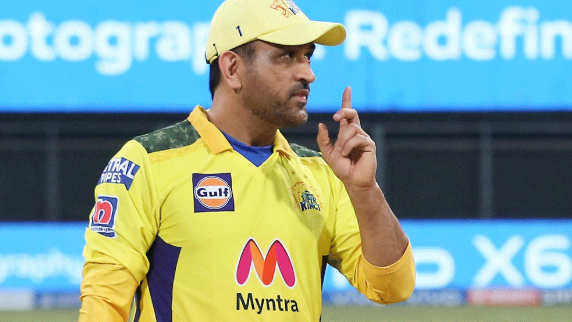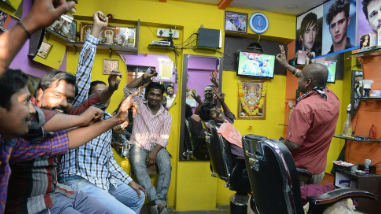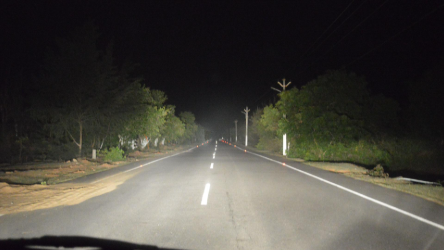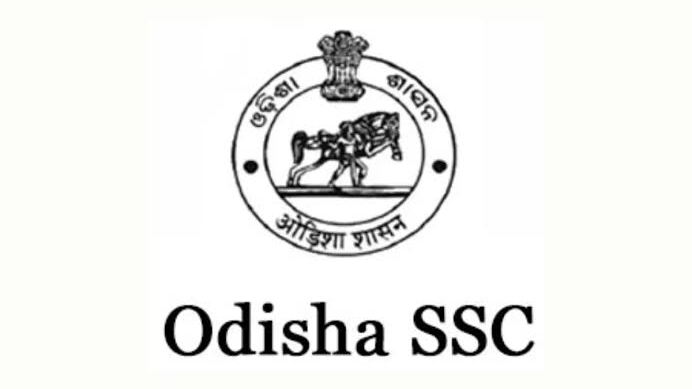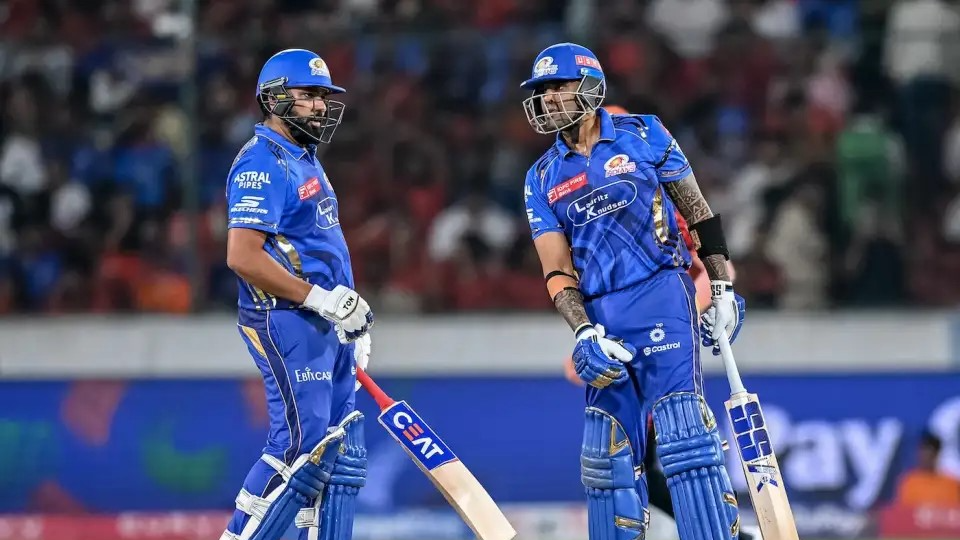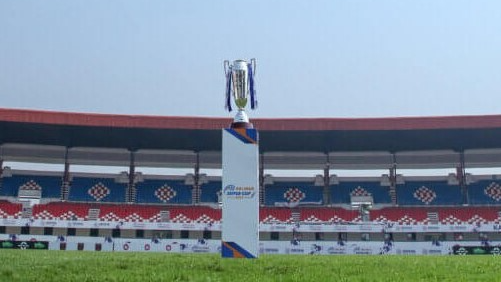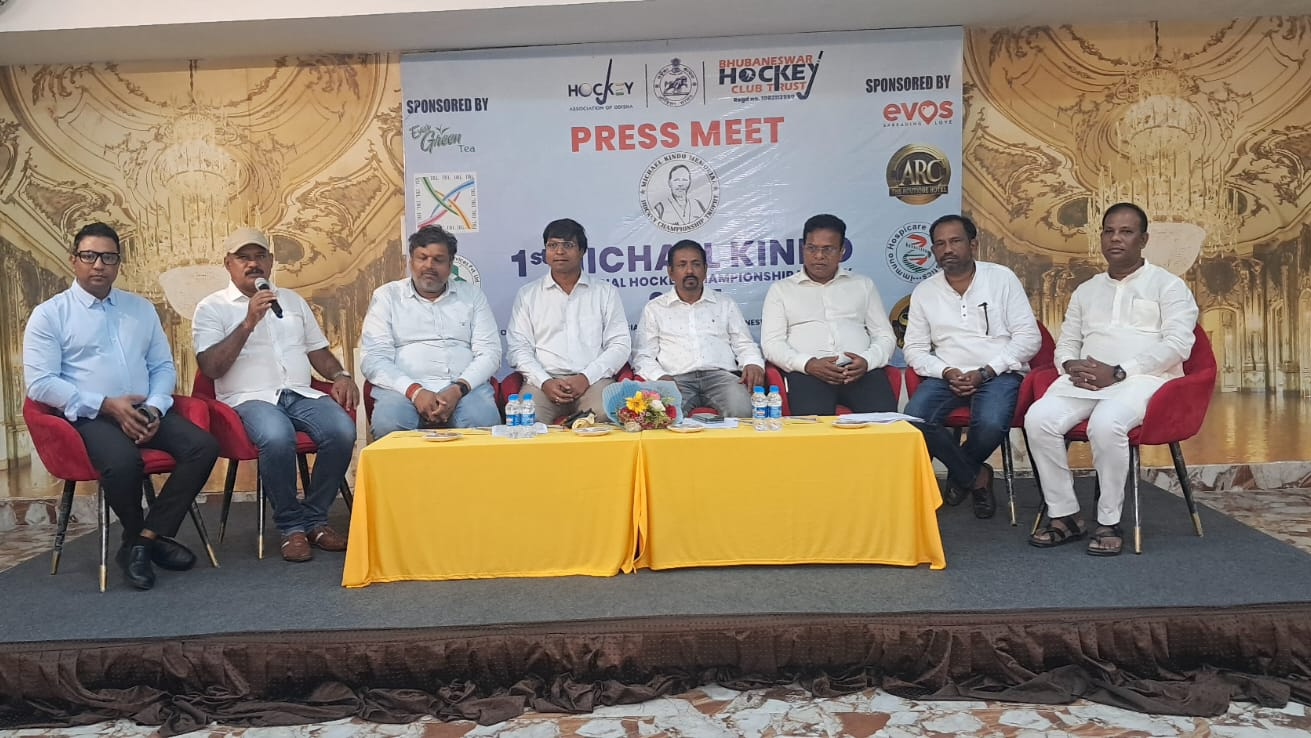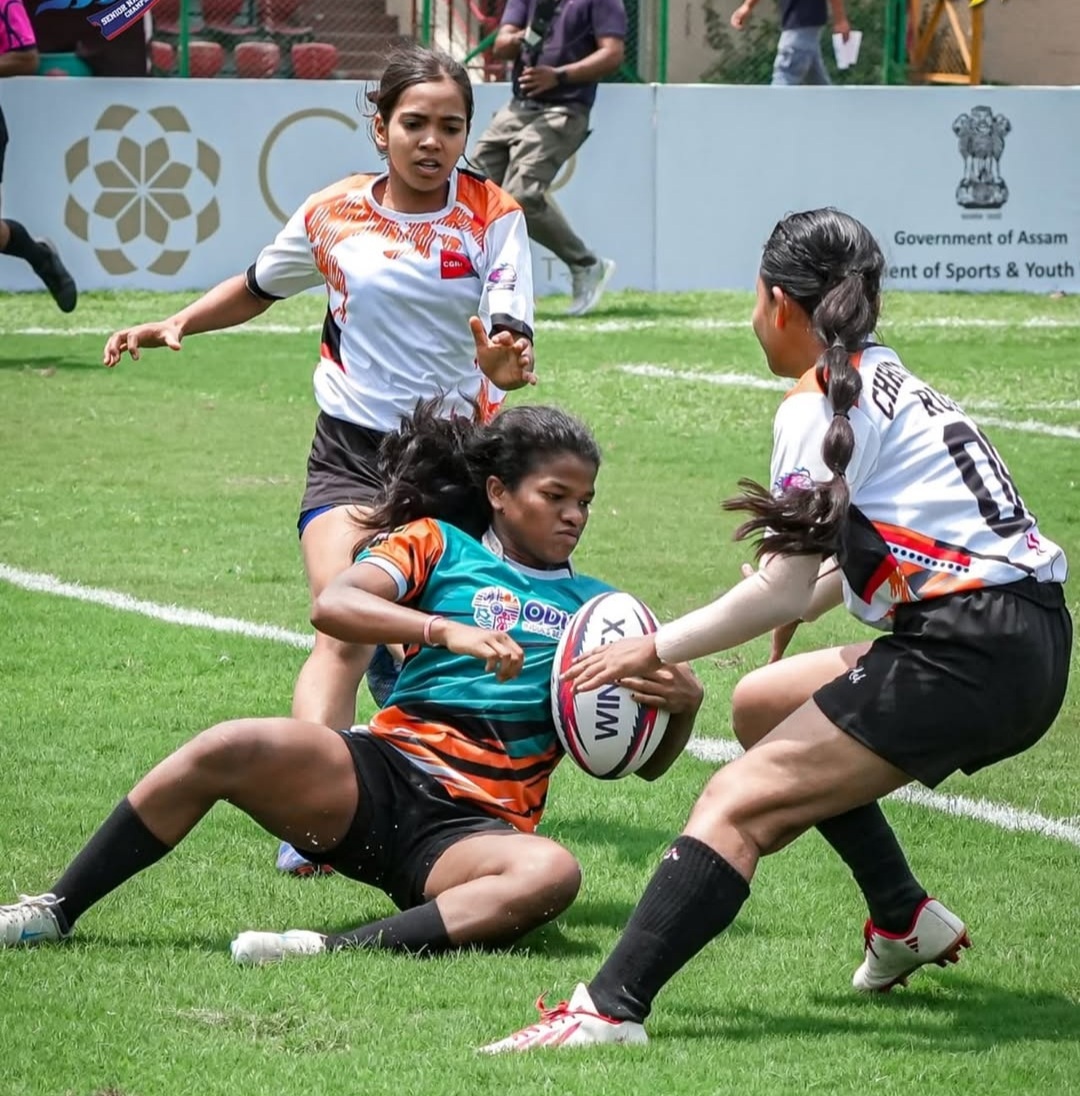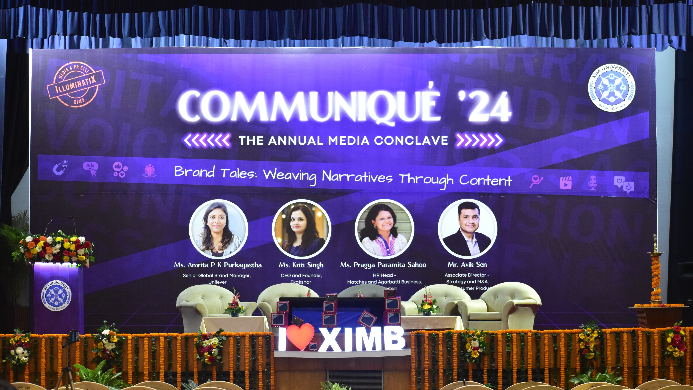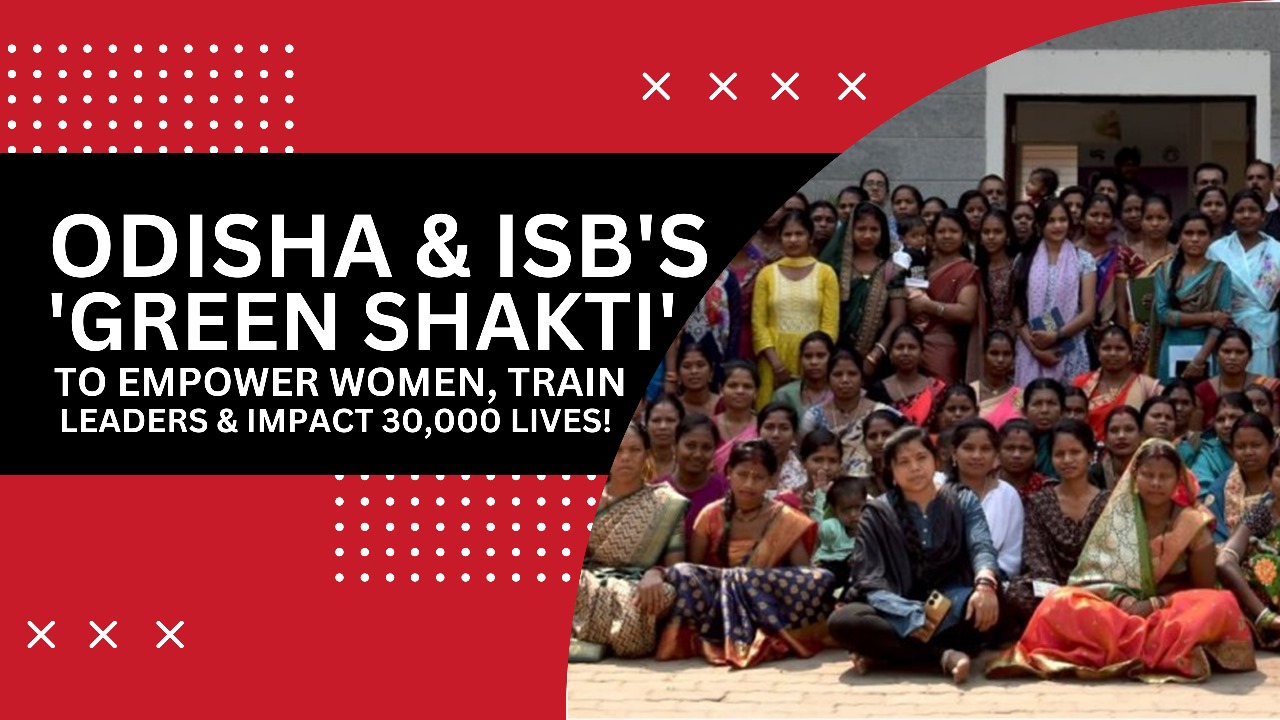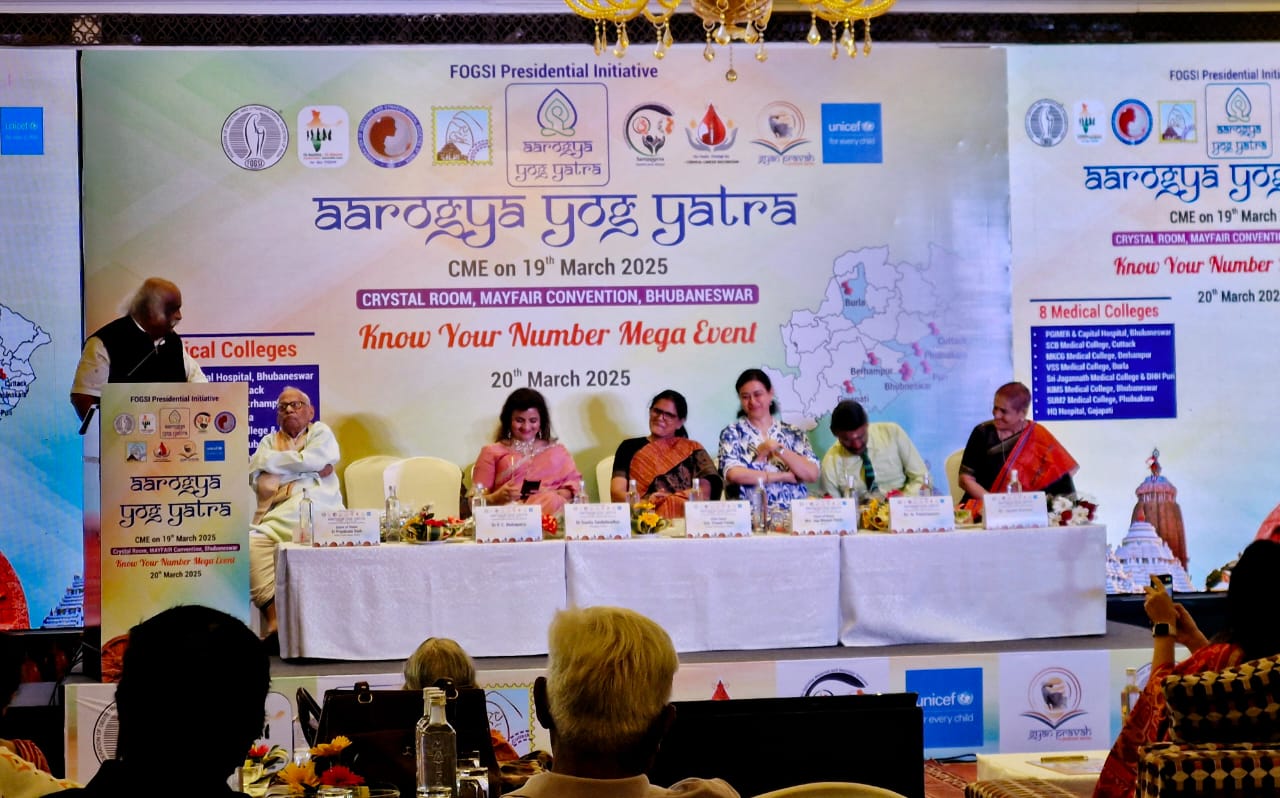India’s railways are a living, breathing archives of the nation’s history. For over 188 years, these iron giants have carried stories, dreams, and millions of passengers across the length and breadth of the country. From the first passenger train that chugged out of Mumbai in 1853 to the iconic steam locomotives that still run today, Indian Railways has been a witness to the evolution of a nation. Many of which have been on the tracks for over 150 years.
Some of these trains are:
Kalka Mail: A Legacy Since 1866
Imagine a train that has been running since the days when India was under British rule. The Kalka Mail, which celebrated its 158th anniversary, is one such marvel. It first rolled out on January 1, 1866, under the name East Indian Railway Mail. Back then, it was known by its numbers—1 Up and 3 Down. Today, it continues to connect passengers across its route, carrying with it a legacy that spans generations. For many, the Kalka Mail isn’t just a train; it’s a piece of history on wheels.
Bombay-Poona Mail: India’s First Intercity Train
Long before expressways and fast trains, there was the Bombay-Poona Mail. Introduced in 1863, it was the first intercity train to connect Mumbai and Pune. In its early days, it was a lifeline for passengers traveling between these two bustling cities. Over the years, it has become a symbol of convenience and efficiency, proving that even the oldest trains can adapt to the needs of modern travelers.
Fairy Queen: Steam-Powered Time Machine
If you’ve ever dreamed of traveling back in time, the Fairy Queen might be the closest you’ll get. Launched in 1855, this steam locomotive is one of the oldest operational engines in the world. With just two coaches and a capacity for 50 passengers, it offers a unique journey between New Delhi and Alwar. In 1998, it earned a spot in the Guinness Book of Records as the world’s oldest steam locomotive in regular service. Riding the Fairy Queen isn’t just a trip; it’s an experience.
Darjeeling Himalayan Railway: Toy Train with a Big Legacy
Nestled in the hills of Darjeeling, the Darjeeling Himalayan Railway, fondly called the “Toy Train,” has been transporting passengers since 1881. This narrow-gauge railway is more than just a mode of transport—it’s a UNESCO World Heritage Site and a window to the breathtaking beauty of the Himalayas. For over a century, it has been a favorite among tourists and heritage enthusiasts.
Kalka-Shimla Railway: Mountainous Marvel
Built in 1903, the Kalka-Shimla Railway was designed to connect Shimla, the summer capital of British India, with the rest of the rail network. This engineering marvel winds through the Himalayan Mountains, offering passengers stunning views of lush valleys and snow-capped peaks. The ride ia an adventure that takes you back to the days of the British Raj.
Nilgiri Mountain Railway: Ride through the Clouds
Since 1908, the Nilgiri Mountain Railway has been connecting the plains of Tamil Nadu with the serene Nilgiri Hills. This UNESCO World Heritage Site is an engineering masterpiece, with its steep gradients and sharp curves. The journey is as mesmerizing as the destination, with panoramic views of tea plantations, forests, and misty mountains. It’s a reminder of how railways can blend with nature.
Punjab Mail: Journey Through History
The Punjab Mail, which began operations in 1912, has seen it all. Originally known as the “Punjab Limited,” it served as a vital connection during the British era. Today, it continues to run between Mumbai and Firozpur, for many, it’s not just a train; it’s a link to the past.
Frontier Mail: Witness to Partition
Introduced in 1928, the Frontier Mail holds a special place in India’s history. It was one of the most renowned trains during British rule and even became one of the first to be equipped with air-conditioning in 1934. But its most significant chapter came during the Partition of India, when it carried countless families to their new homes. In 1996, it was renamed the Golden Temple Express.
Grand Trunk Express: Connecting North and South
The Grand Trunk Express, introduced in 1929, was once the longest train route in India, running from Peshawar to Mangalore. It took around 104 hours to complete the journey, connecting the northern and southern parts of the country. Today, its route has changed, but its significance as it unites of diverse cultures and regions.
Deccan Queen: Pioneer in Every Sense
When the Deccan Queen was introduced in 1930, it was a trailblazer in many ways. It was India’s first superfast train, the first long-distance electric-hauled train, and the first to have a dining car. It also introduced a ‘women-only’ car, setting a precedent for gender inclusivity. Connecting Pune and Mumbai, the Deccan Queen has been a preferred choice for travelers for decades, combining speed, and comfort.
These trains are more than just relics of the past; They remind us that progress doesn’t always mean leaving the past behind. As these trains continue to chug along, they carry not just passengers but also the stories, memories, and dreams of a nation.








